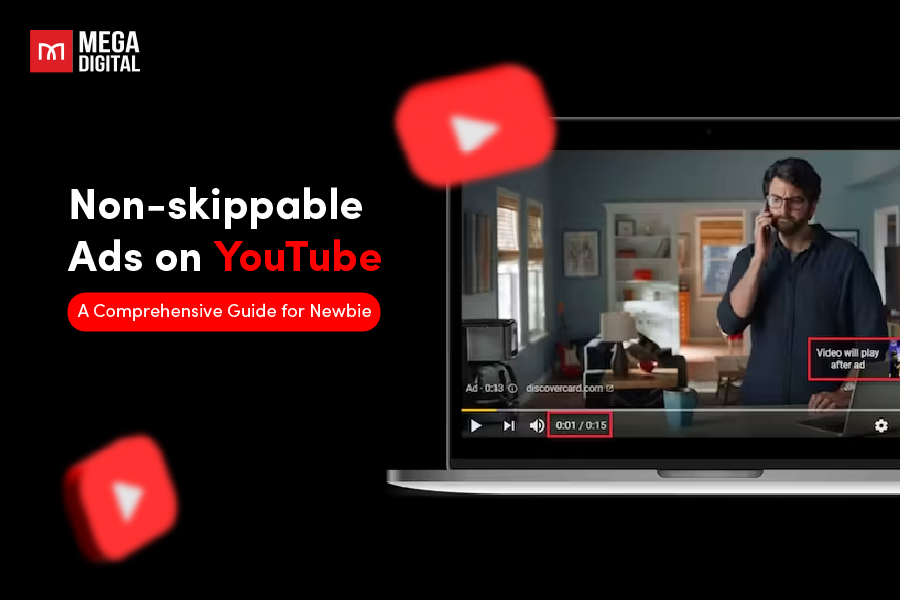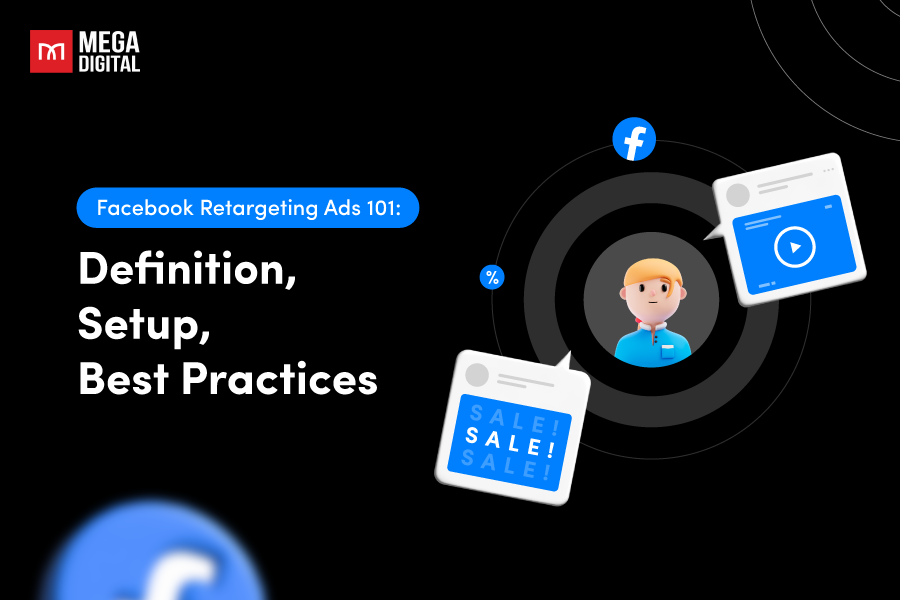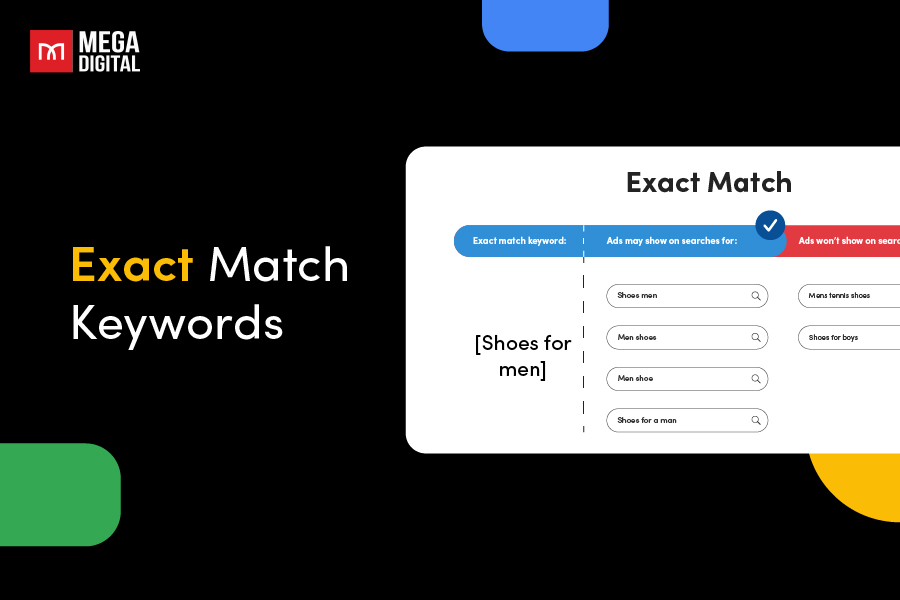TikTok has rolled out significant updates to its ad targeting policies and data controls to enhance transparency and protect its younger user base. These changes include restrictions on ads targeted at teens and new AI disclosure requirements aimed at creating a safer and more transparent advertising environment.
Significant Changes to Ad Targeting for Teens
One of the most notable updates is the limited personalized targeting options for teens. Advertisers can no longer target teens in the U.S. using personalized campaign selections. Instead, they are restricted to broad targeting options such as Location, Language, and Device-related information.
According to TikTok:
“Advertisers will now only be able to reach teens using a few broad targeting options, such as location, language, and device-related information.”
This move ensures that advertisers do not exploit teen user data, reducing the potential influence on their thinking. This follows a similar path Meta took several years ago, which limited the use of personal data from young users.
With around 25% of TikTok’s audience aged under 20, this change is expected to have a significant impact. While advertisers can still reach teens based on broader trends, the new limitations necessitate a shift in marketing strategies.
Enhanced User Control Over Ad Content
In addition to the ad targeting restrictions, TikTok empowers users with more control over the ads they see. Users can now adjust their ad preferences based on their interests. For instance, users can choose to see more or fewer ads related to their interests in the ‘Outdoor Sports’ or ‘Racing Games’ view and customize the relevant ad topics TikTok has identified.
Furthermore, TikTok has introduced the “Disconnect Advertisers” feature, allowing users to prevent future off-TikTok data shared by specific advertisers from being used for personalized ads. The “Clear My Activity” feature also enables users to disconnect any off-TikTok activity data shared by ad partners associated with their accounts.
New AI Disclosure Requirements
To further enhance transparency, TikTok has implemented new AI disclosure requirements for ad partners. Advertisers can now use a self-disclosure toggle in the TikTok Ads Manager to declare an ad as AI-generated. These ads will be labeled with an AIGC (Artificially Generated Content) tag, making it clear to users that they view AI-generated content.
This is particularly relevant as TikTok plans to introduce virtual influencers to sell products within the app. These AI avatars, which have seen great success in the Chinese market, must be clearly labeled to ensure users know they are engaging with a digital persona.
Final Thoughts
TikTok’s new policies reflect a growing trend towards greater transparency and user control in digital advertising. These measures protect younger users and build trust with the audience. Advertisers must adapt strategies to align with these changes, focusing on broader trends and interests rather than personalized data.
With the new AI disclosure requirements, brands can be more transparent about advertising methods. This can enhance credibility and trust among users. As we see more AI-generated content, clear labeling will help maintain a genuine connection with the audience.
TikTok’s updates, which took effect on July 1st, mark a significant shift in the platform’s approach to advertising. TikTok is setting a new standard for digital advertising practices by prioritizing user safety and transparency. Observing how advertisers and users adapt to this evolving landscape will be interesting as these changes unfold.










